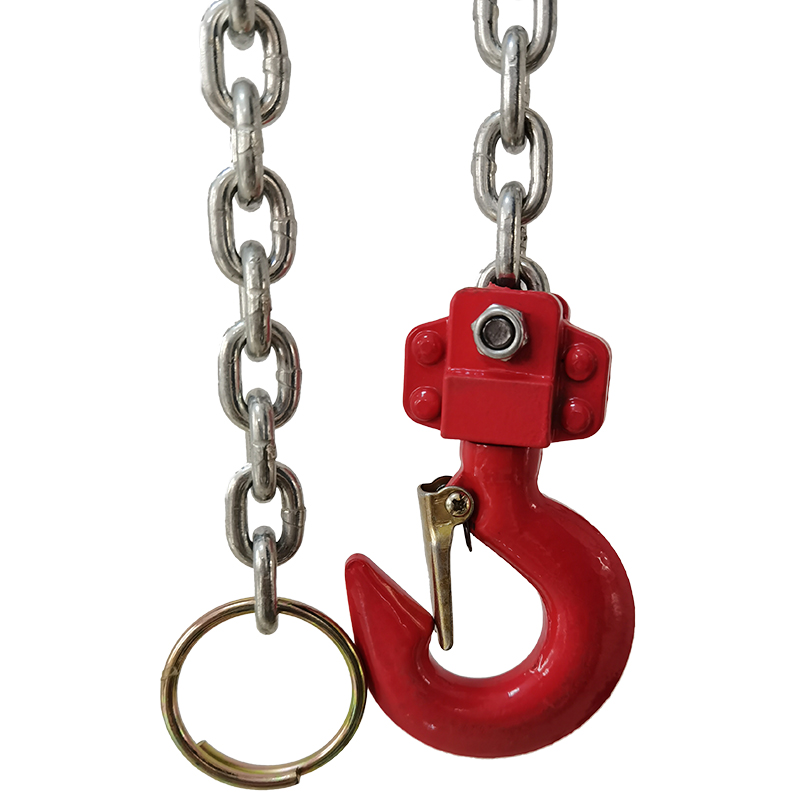


The Advantages of Low Lift Pallet Trucks in Modern Warehousing
In today's fast-paced logistics and warehousing environments, efficiency and productivity are paramount. A crucial player in achieving these goals is the low lift pallet truck, a versatile tool designed to move goods quickly and safely. These trucks offer a wide range of benefits, making them an essential asset for various industries, including retail, manufacturing, and wholesale distribution.
Low lift pallet trucks, also known as manual pallet jacks, are designed primarily for lifting and transporting pallets at low heights. Unlike powered forklifts, these trucks are operated manually, which simplifies their usage and maintenance. Their straightforward design often appeals to businesses looking to streamline operations without the complexity and cost associated with motorized equipment.
One of the most significant advantages of low lift pallet trucks is their cost-effectiveness. They are generally much cheaper than electric or gasoline-powered forklifts, making them an attractive option for small to medium-sized businesses. The initial investment is minimal, and since these trucks do not require fuel or expensive batteries, the ongoing operating costs remain low. This affordability allows businesses to allocate their budgets towards other essential operational areas.
In addition to their cost benefits, low lift pallet trucks are incredibly easy to use. They typically feature a manual pump handle that allows operators to lift and lower loads with minimal effort. The ergonomic design minimizes strain on the worker, promoting a safer workplace. Since training requirements are simple, new employees can become proficient in operating these trucks quickly, reducing downtime and enhancing productivity.

Safety is another paramount consideration in warehousing operations. Low lift pallet trucks are designed with safety features such as sturdy construction and easy maneuverability. The low lifting design ensures that loads remain stable during transport, minimizing the risk of spills or accidents. Operators can navigate narrow aisles and tight spaces with ease, thereby preventing potential collisions with other equipment or workers.
Moreover, low lift pallet trucks are versatile and adaptable. They can handle various load sizes and weights, making them suitable for a wide range of applications. Whether moving pallets of merchandise in a retail environment or transporting heavy components in a manufacturing facility, these pallet trucks can be tailored to meet specific operational needs. Additionally, they can be used on a variety of surfaces, which adds to their practicality.
Maintenance of low lift pallet trucks is straightforward and often requires minimal effort. Regular checks to ensure that wheels are functioning properly, and that there are no visible damages, can help prolong the life of the equipment. Most maintenance can be performed in-house, reducing reliance on service technicians and minimizing downtime.
In recent years, advancements in technology have even enhanced the functionality of low lift pallet trucks. Some models now incorporate features such as built-in scales for weighing loads, which can further streamline warehouse operations. This integration of technology allows operators to consolidate tasks, promoting efficiency without sacrificing safety or ease of use.
In conclusion, low lift pallet trucks serve as a vital component in the modern warehousing landscape. Offering a balanced combination of affordability, ease of use, safety, versatility, and low maintenance, they cater to the diverse needs of today’s businesses. As logistics demand continues to grow, investing in low lift pallet trucks could be the key to optimizing operational efficiency and enhancing workplace safety. For enterprises seeking cost-effective solutions that do not compromise on performance, low lift pallet trucks stand out as an invaluable investment.



